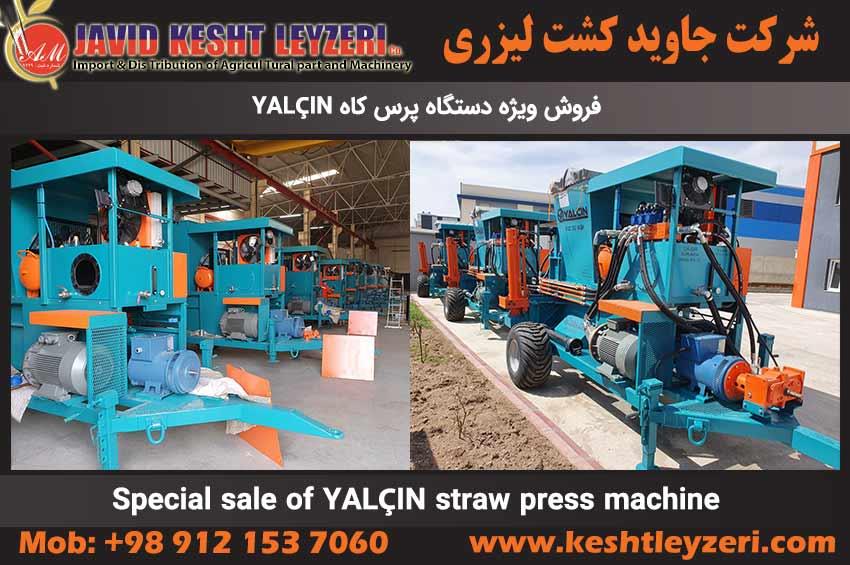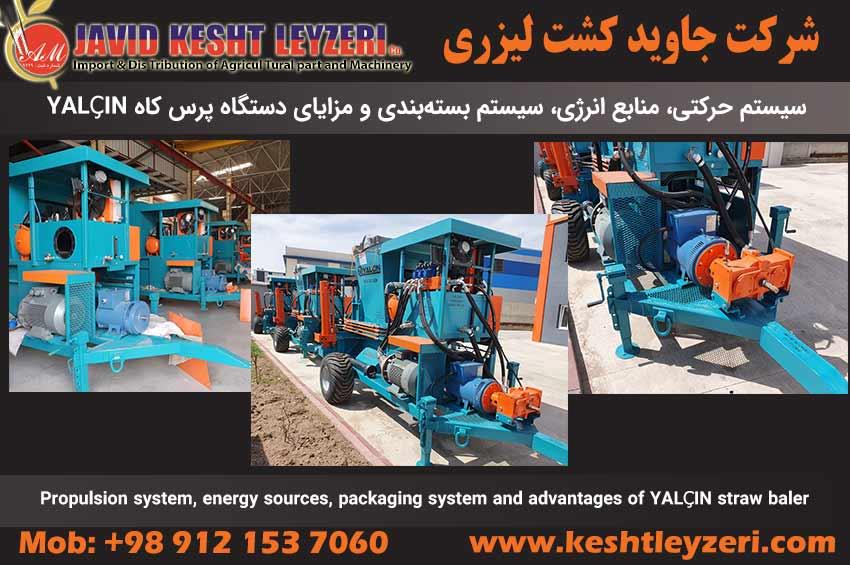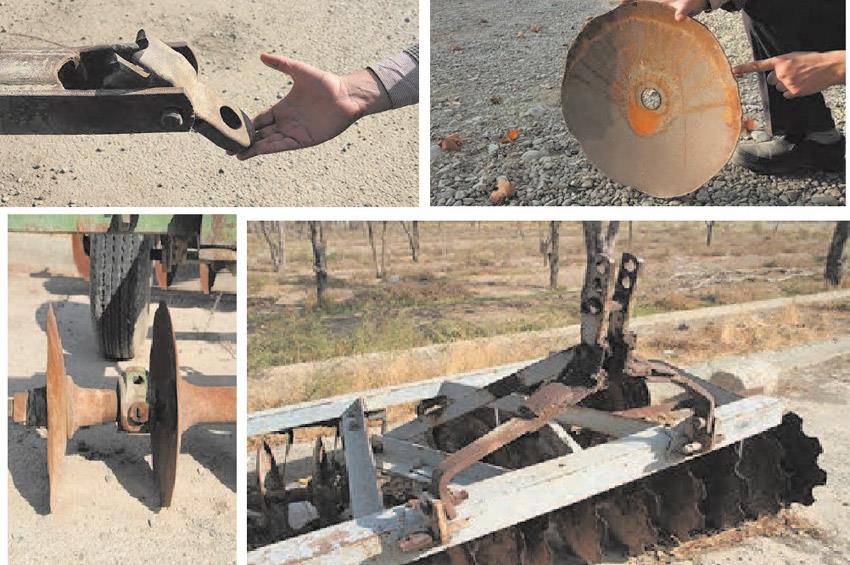
The use of a hiller in soil cultivation
JAVID KESHT LEYZERI COMPANY
The hiller must, overcoming the resistance of the soil, lift it up from a flat area, creating a ridge. The pointed end must be lowered below the surface to the specified depth. It lifts and loosens the soil, and in order to direct the soil to the base of the plant, there are guide planes that create camber on both sides. The design of the hiller for a walk-behind tractor looks like an arrow from above, from the side the blades look like butterfly wings.
Design improvements include contours that reduce drag, making the ridge taller or wider. The principle of operation of such a hiller does not change - it loosens, removes the soil layer and throws it to the base of the plants planted in a row. In the same way, grooves are cut under.
Another type of hillers for motoblocks is paired discs. Due to the thin rim, the structure enters the soil to a predetermined depth with low resistance. They are not stretched while stationary, they are spinning, and thus overcome resistance with less effort. But in order for the discs to create a stroke, they must have an adjusted angle of inclination vertically and an angle of take-off. The distance between the discs on the frame is set according to the width of the row to be processed.
Conventionally, all hillers in the form and principle of work are called:
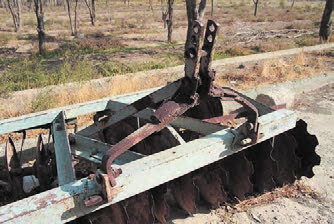
In this case, the lister ones have various forms of bending of the planes; an arrow going deep into the ground can have a massive tip. Flaps or plowshares have a bend, an inclination, and can have an adjustable and adjustable profile.
Couples for a walk-behind tractor must match in size, contour and weight. Otherwise, the crest will not work. The system for adjusting the angles of departure and inclination allows you to set the desired stroke profile.
For powerful heavy motoblocks, the hillers pair, light weeders for the MTZ motoblock are mounted in three.
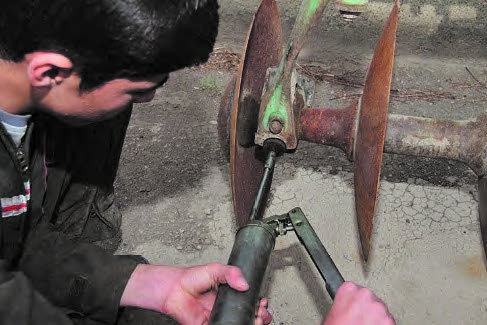
How to make a hiller for a walk-behind tractor yourself
Attachments are not included with the walk-behind tractor. They are manufactured and sold separately. On the agricultural machinery market, for any type of cultivator, you can find a hiller designed for the draft power of your horse. But the problem is that a finished tool costs more than 10 thousand, and this is a significant amount for a villager in modern conditions. But at the dump or outside the outskirts, you can find everything you need to build a hiller for a walk-behind tractor.
In order to install the propeller hiller, you need to make sure that your walk-behind tractor has a two-shaft reverse engine, 2 forward speeds. There must be a take-off shaft.
First you need to decide whether we will make a disk or lister hiller. A single row or double row tool will pull the cultivator. Do I need to provide sliding wings, an adjustable distance between the two tools.
Of course, it is necessary to have skills in working with metal. Not every villager in an abandoned barrel of a heater will see the nodes valuable for the economy. Therefore, they go to the craftsmen for advice, ask for help.
But not only discs, the device for attaching them must be thought out, and to help the master, drawings of a disc hiller for a walk-behind tractor are offered with his own hands.
Here, in addition to the disks, the dimensions and section of the most important units of the homemade hiller are given.
The design will undergo significant changes if you manage to find discs from decommissioned cultivators or other agricultural equipment. In any case, when making a frame, you will need to consider a disc adjustment system.
The wisdom of masters with golden hands is limitless. So if there are no discs, they can be replaced by a round blade from a circular saw. The steel is of high quality, the teeth additionally loosen the soil. You still have to create a bearing assembly, otherwise the saw blade will not rotate. But the steel is instrumental and in the hands of a craftsman, a disc hiller for a walk-behind tractor with their own hands will work effectively.
When creating a new device in your backyard, do not forget about safety measures. When welding, you work with a mask. But at this time, "bunnies" can catch loved ones, watching the craftsman. Take care of the safety of those around you when working with dangerous tools.
Varieties of lister homemade and factory hillers
The simplest unregulated hiller is a solid structure of two diverging figured plates, arranged in a mirror-like manner and having a common stiffening rib.
This is the basis, but if you add flaps in the form of adjustable plates to it, you get an adjustable hiller of your own manufacture. Without plates, it is an excellent cultivator of potato row spacings, in which the soil is compacted and air does not flow to the roots.
The fixed grip hiller can be used on level fields with the same row spacing when using the drill. Such a tool is used with low-power traction, since the adjustable plates create additional resistance to the ground layer.
Tillers of medium power are equipped with a device with an adjustable grip. Such designs are used in narrow row spacings about 35 cm wide. Rowing on corn is performed with just such a hiller.
But creating a breakdown mechanism and making it work are two different stories. To regulate the depth of lowering into the soil, a frame structure with a hitch must be made to create a smooth stroke. Only a well-centered unit will spend a minimum of effort for quality soil cultivation. The hiller is immersed in the ground due to the vertically positioned stand. If the hiller for potatoes to the walk-behind tractor with your own hands goes low when setting up or adjust the angle of inclination of the rack along the surface. For the Lister 2-row tool, when mounting to a frame, it is necessary to accurately set the spacing between the booms.
 Appliances, reminiscent of a home fan, use translational and rotational motion in soil cultivation. But the tool can be installed on a unit with a two-shaft engine with reverse and 2 gears. There must be a power take-off shaft. The propeller-type hiller is more effective than other models, but due to the complexity of execution it is expensive. Craftsmen took the idea, but the instrument is not very similar to a propeller.
Appliances, reminiscent of a home fan, use translational and rotational motion in soil cultivation. But the tool can be installed on a unit with a two-shaft engine with reverse and 2 gears. There must be a power take-off shaft. The propeller-type hiller is more effective than other models, but due to the complexity of execution it is expensive. Craftsmen took the idea, but the instrument is not very similar to a propeller.
For manufacturing, you will need high-quality steel, a welding machine and a grinder. Parts of the "propeller" are welded onto the axles fitted to the frame. In one pass, the soil is deeply loosened and thrown into the ridge. The tiller for the walk-behind tractor is made unregulated, so the corners must be set empirically.
Why do I need a hitch assembly for walk-behind tractor tools
In order for the hiller to be fixed on the walk-behind tractor, in addition to the manufactured frame, there must be a hitch assembly that is adjustable and reliable. By aligning the holes on the post and on the hitch body and securing the implement will be integral with the implement.
The DIY universal hitch makes it easy to adjust the tool to the working position. It is in this node that adjustments are made to the position of the rack relative to the ground, the radial angles. After adjustment, the nuts are tightened and the device is adjusted to the type of soil, soil moisture, plant height.
How to set up a hiller of any design for work
It is necessary to adapt to any attachments or trailed equipment for tillage. Before starting work on the field, you need to make sure everything is set correctly, secured and adjusted. A trial section is selected and a trial run is made. At this point, you should listen to the technique, check the stroke profile, the distance between the grips. The angles of attack must be set on the discs, and deepening on the listers.
It is important to choose the processing speed that would correspond to the power of the mechanism and the quality of the processing of the field.
How to make a hiller for a walk-behind tractor with your own hands
Availability walk-behind tractor in a personal household you will not surprise anyone. This is very valuable unit allows for the cultivation and plowing of land plots of various lengths.
However, if you use additional attachments, you can significantly expand the potential front of your walk-behind tractor.
It is not surprising that having spent a certain amount of money on the purchase of a walk-behind tractor, many want to make additional equipment with their own hands, thus wanting to save money on their purchase.
Of course, no one talks about making an exact copy of the equipment that is sold in specialized stores, but the principle of operation and general design features will be the same.
Most people in our country use their own gardens for planting potatoes, which are no less popular in our country than in Belarus. Therefore, the requirements for the walk-behind tractor must be appropriate - it must plow the land for planting, as well as help plant and care for potato bushes.
Courting means hilling, and therefore, potato hillers have become very popular, and we will talk about the methods of making them.
About the device of the hiller
The design features of the hiller directly depend on the type of device, of which there are several.
- Disc hiller. Already from the very name it is clear that the design of this hiller uses discs, or rather two discs, located to each other at a certain angle. In addition, these discs are attached to a special frame, which is directly aggregated with the walk-behind tractor through a hitch.
- Active hiller... This type of hiller is also called propeller, because it uses translational and rotational motion. Such hillers are installed on walk-behind tractors, which have two forward gears.
- This is necessary so that in second gear it would be possible not only to loosen the surface, but also to throw the earth from the inter-row spaces.
- Lister hiller. This is the simplest type of hiller, which is gradually losing its popularity due to its lower efficiency compared to the two previous types of devices. Structurally, they are two sheets connected to each other, they are similar in shape to something like wings.
With the help of these tools, you can form furrows, and then plant the potatoes. In the future, when the bushes are formed to the optimal size, hilling can be done with the same tools.
Thus, the rows are very even and neat, which not only improves the visual perception, but also helps the potato tubers to form better and ripen faster in the bush.
Hiller for a walk-behind tractor Cayman, Patriot, Texas, Foreman, Crossser, Viking, Forza, Sadko with his own hands, drawings and videos of which can be found in the public domain, represents the best way out of the situation when there is no extra money for the purchase of attachments.
In addition, the independent production of one or another technical means will significantly save on the subsequent operation of the walk-behind tractor.


